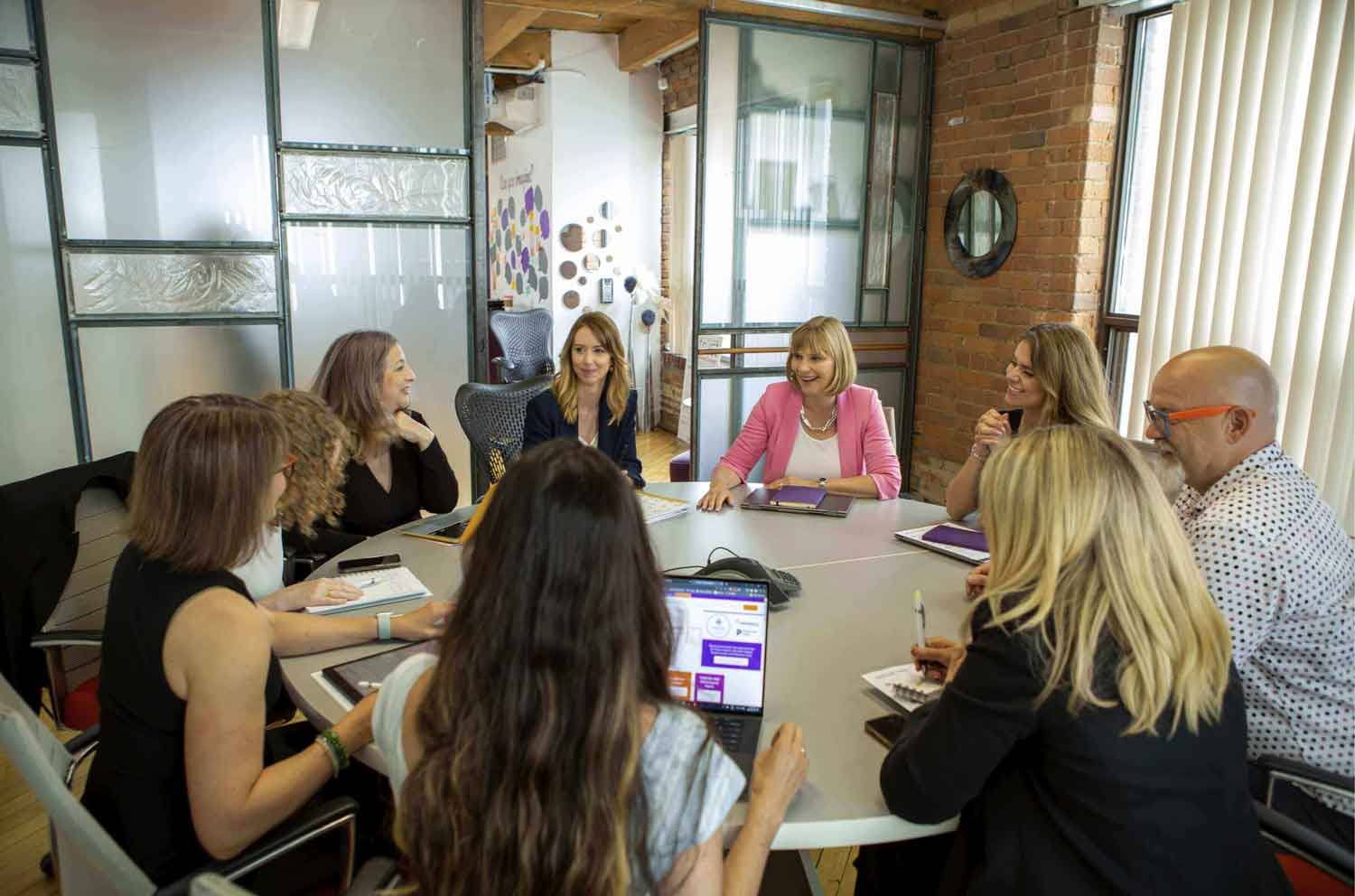With “The Great Resignation” and more recently “Quiet Quitting,” we’ve been hearing more and more about the need to create a positive work environment that is psychologically safe. (In a psychologically safe environment employees feel empowered to speak up, to share their opinion (which may be different from their manager or organization), and to be able to take a risk without fear of retribution. In other words, they trust their colleagues, manager, and company to be able to be vulnerable and speak and act freely.)
Hands down, trust within the group dynamic is the single most important factor, as the starting point in creating and sustaining a high-performing team. Without trust, any other efforts are being built on a rather shaky foundation. By creating psychological safety, you include every team member’s voice is valued, not just those A-types who always contribute (you know who you are!) so you’re creating space so everyone can be part of it.
The 4 Stages of Psychological Safety
According to Dr. Timothy Clark, author of The 4 Stages of Psychological Safety: Defining the Path to Inclusion and Innovation, employees have to progress through four key stages before they feel psychologically safe enough to make valuable contributions and challenge the status quo.
- Stage 1 — Inclusion Safety: Inclusion safety happens when the basic human need to connect and belong is made. You feel safe to be yourself and accepted for who you are.
- Stage 2 — Learner Safety: Learner safety satisfies the need to learn and grow; you feel safe to ask questions, give and receive feedback, and to experiment.
- Stage 3 — Contributor Safety: At this level you feel safe to use your skills and abilities to make a meaningful contribution to be able to make a difference.
- Stage 4 — Challenger Safety: In the Challenger Safety stage, we feel safe to speak up and we aren’t afraid to challenge the status quo for opportunities to change or improve.
Psychological Safety in a Post-Pandemic World
Pre-pandemic, psychological safety was primarily about relationships and communication in a traditional office scenario. But now, even as people head back to work, there’s a mix of on-site, remote and hybrid work. This makes psychological safety a little harder to navigate. And, here’s a counterintuitive fact: the ones in the office may be feeling less safe than the ones at home.
A recent study in the US of 3,900 employees sheds new light on why people are reluctant to return to office — remote and hybrid employees have a higher degree of psychological safety at work than on-site employees. On-site employees said they are 66% more likely to feel like mistakes are held against them, they are 57% more likely to say that people are rejected for being different, and 36% more likely to find it difficult to ask teammates for help.
The study looked at whether it was age, gender, race/ethnicity or other factors that might explain the differences seen between on-site and remote/hybrid employees. No matter how they cut the data, remote/hybrid employees consistently report higher psychological safety than employees in the office.
So, with all the hoopla about in-office camaraderie, what’s the scoop?
There are a couple of theories. It could stem from the fact that remote and hybrid workers are happier and are less stressed without the daily commute and with more flexibility to mix home and work. It might be that people working from home can stay connected with people via technology, but miss any of the stressful gossip or on-site office tensions. It could even be that we are more inclined to experiment and innovate in the comfort of our own homes.
Brad Smith, PhD., Chief Science Officer at meQuilibrium, the company behind the survey had a theory as well: “There is a real difference in psychological safety among work settings. In many remote-for-the-first-time environments where everybody is the same size square on the video call, it’s often easier to speak up and be heard.”
In the year ahead, if we want to grow courage in our on-site workplace, we need to give trust and psychological safety a place to root. Leaders must walk the walk and model vulnerability and the capacity to stay curious by listening more and asking questions rather than offering up advice and solutions.
When people feel there is space to make mistakes and they trust that others will support them, they begin to take risks. Taking risks and trying new things moves individuals and organizations towards cultures of creativity and innovation. When we make others feel safe to stumble, learn and grow, we create the perfect conditions for acts of courage.
If you’re curious about how The Roundtable can help your organization develop a culture where leaders and their teams can create an atmosphere of psychological safety, let’s start a conversation.




